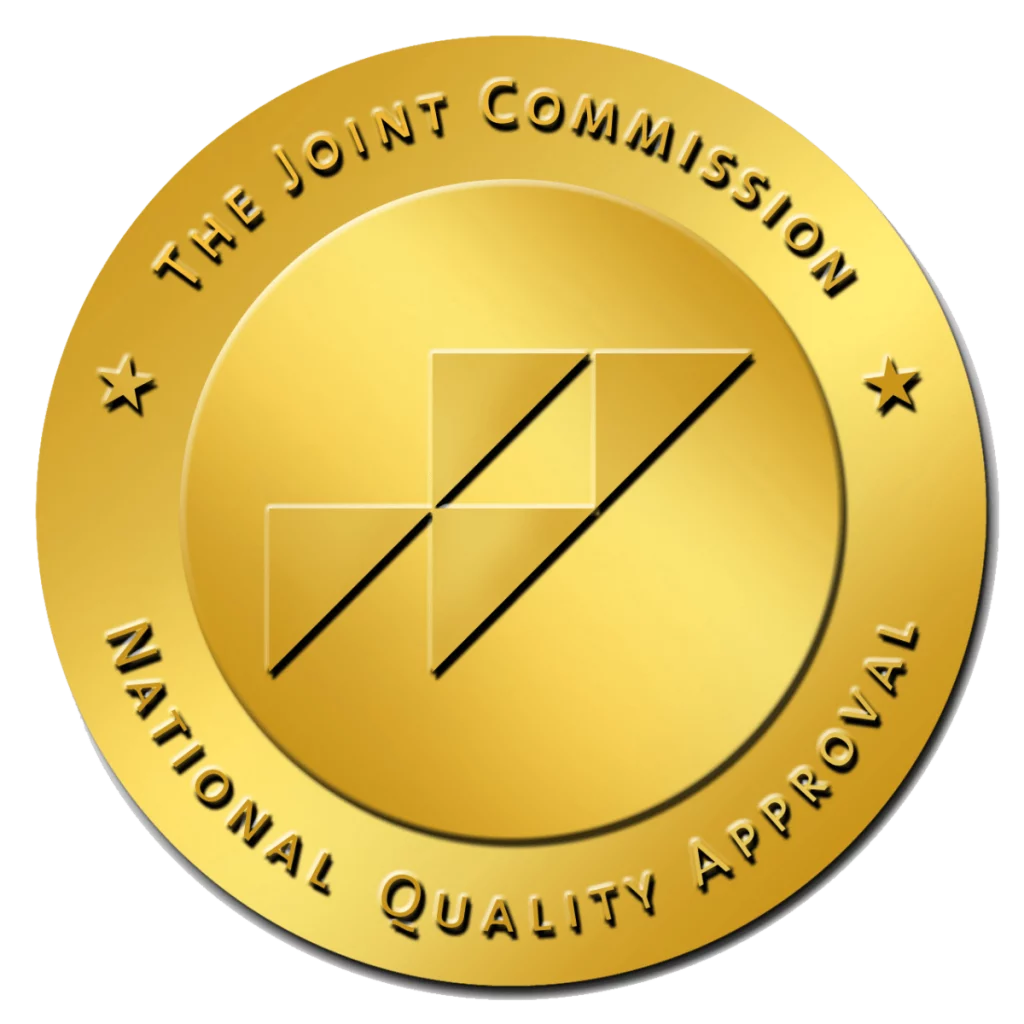An addiction to alcohol, also known as alcohol use disorder (AUD), is considered a chronic brain disorder. The disease is classified as mild, moderate, or severe. When a person is addicted, their brain chemistry and nervous system are affected.
Alcohol Addiction
When an individual has an alcohol use disorder, their ability to stop or control their alcohol use is impaired. They are not able to stop drinking despite the negative consequences. Because they have developed a tolerance, they require more and more of it to feel “normal.” Emotional issues such as depression, anxiety, or increased lethargy often develop. The person may have difficulty in school or at work. Relationship, financial, or legal problems are common.
Additional signs of addiction include:
- Drinking at unusual places (such as work, church, or school) or at inappropriate times (such as first thing in the morning or during a work break)
- Increased frequency or quantity of use
- Hiding alcohol or drinking in secret
- Avoiding contact with family and friends
- Wanting to be where alcohol is present while avoiding places where there is none
- Needing to drink alcohol to get through the day
Alcohol addiction can also cause many health conditions, such as memory impairment, difficulty concentrating, vision problems, or ulcers.
Other possible health conditions include:
- Bone loss
- Diabetes complications
- Increased risk of cancer
- Suppressed immune function
- Sexual problems
- Birth defects
An alcohol use disorder can also result in liver disease and heart disease. Both can be fatal.
Withdrawal
When a person with an alcohol addiction stops drinking or drastically cuts down on the amount of alcohol they consume, they experience physical and mental problems. That is known as alcohol withdrawal or alcohol withdrawal syndrome. Symptoms range from mild to severe.
Alcohol withdrawal occurs because over time the body’s central nervous system becomes used to the depressive effect of having it all the time. Brain functions are slowed down, and the way signals are sent from nerves is changed. When alcohol is present, the body must work hard to keep the brain and nerves in an awakened state. When alcohol consumption is stopped or greatly reduced, the brain remains in the hyper-excitable heightened state, causing withdrawal to occur.
Withdrawal Symptoms and Timeline
The extent and severity of the symptoms of withdrawal vary from person to person. It depends on various factors such as:
- How long the person has been drinking
- The amount of alcohol they consumed
- Whether or not additional physical and/or mental health issues are present
- Whether or not another substance was taken with the alcohol
According to an article in The American Academy of Family Physicians, there are potentially three stages of withdrawal.
Stage 1: Mild Stage
Mild symptoms of withdrawal can begin as early as five to ten hours after taking the last drink. The individual typically experiences irritability, agitation, and anxiety. They may get a headache, have a rapid pulse, or experience heart palpitations. Their blood pressure may increase or decrease. Gastrointestinal disturbances such as an upset stomach, nausea, and vomiting may occur. Insomnia, profuse sweating, tremors, and rapid breathing may develop.
Stage 2: Moderate Stage
During the moderate stage of withdrawal, stage one symptoms continue, generally reaching their peak within twenty-four to forty-eight hours. In addition, the person typically experiences rapid abnormal breathing, an increased heart rate, and elevated blood pressure. They may experience a higher than normal body temperature, known as hyperthermia. The person feels disoriented and confused. Seizures and auditory, visual, or tactile hallucinations may occur. These symptoms may worsen for two or three days and sometimes longer.
Stage 3: Severe Stage or Delirium Tremens (DTs)
Stage three of alcohol withdrawal is also known as delirium tremens or DTs. It typically begins three days to a week after the last drink was consumed. During this stage of withdrawal, medical supervision is essential. Delirium tremens can cause very high blood pressure, a rapid heartbeat, dehydration, and a reduction of blood flowing to the brain. The symptoms of stage two withdrawal often increase in intensity. Additional symptoms include nervous or angry behavior, a high fever, soaking sweats, and disturbed sleep. The individual will be very confused and disoriented. Memory problems, impaired attention, and difficulty concentrating occur. They may have nightmares, become delirious, and experience severe auditory or visual hallucinations. The person may experience seizures or lose consciousness.
Generally, the symptoms of alcohol withdrawal begin to improve for most people after about five days. However, some people experience alcohol withdrawal symptoms for weeks or months.
Get Help You Need
Addiction to alcohol or drugs is a disease. If you or a loved one is struggling with substance addiction, help is available. At Canyon Vista Recovery Center located in Mesa, Arizona, our team of caring professionals will help you learn the skills you need to become clean and sober. Give us a call today and begin your journey on the road to recovery.









